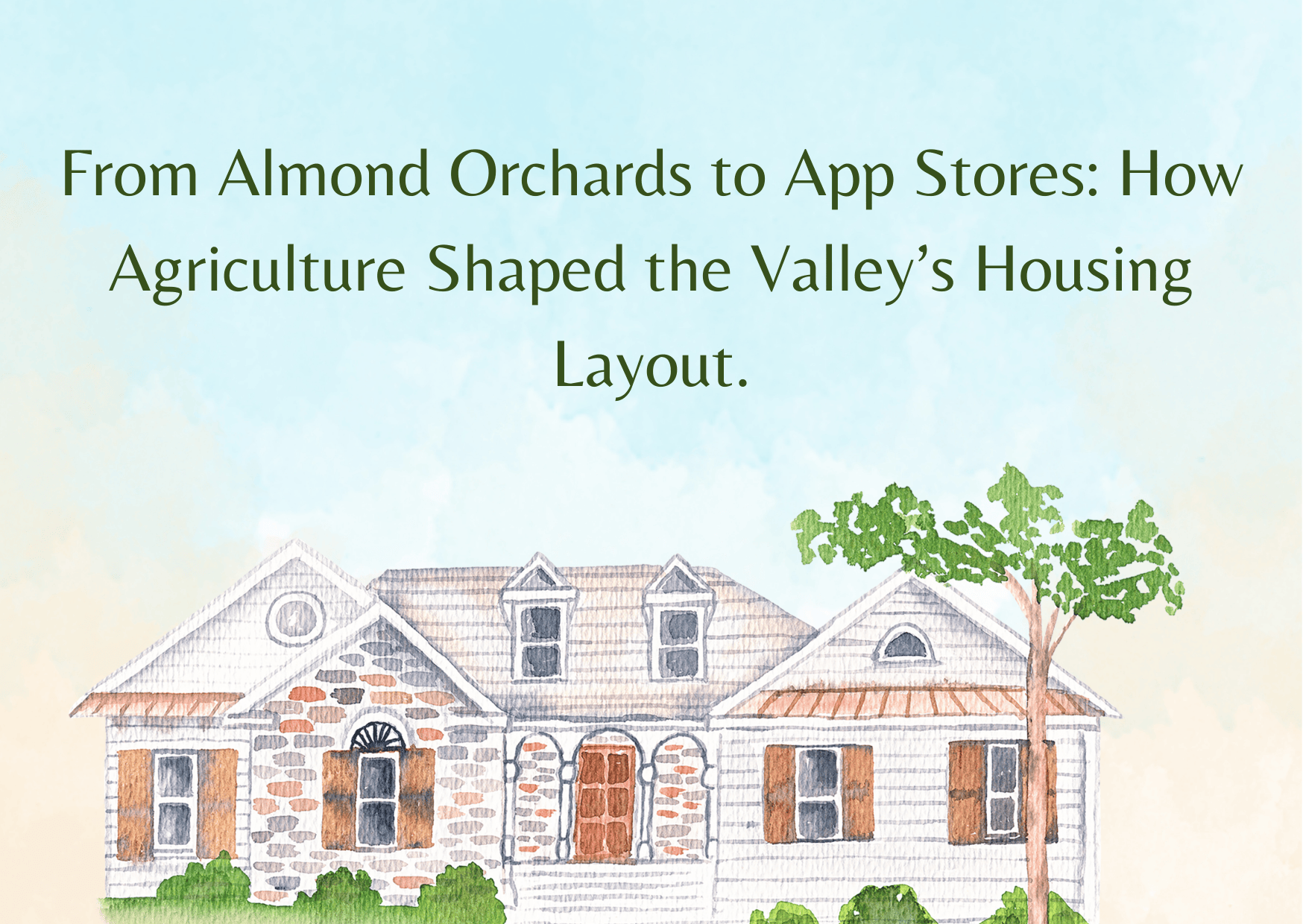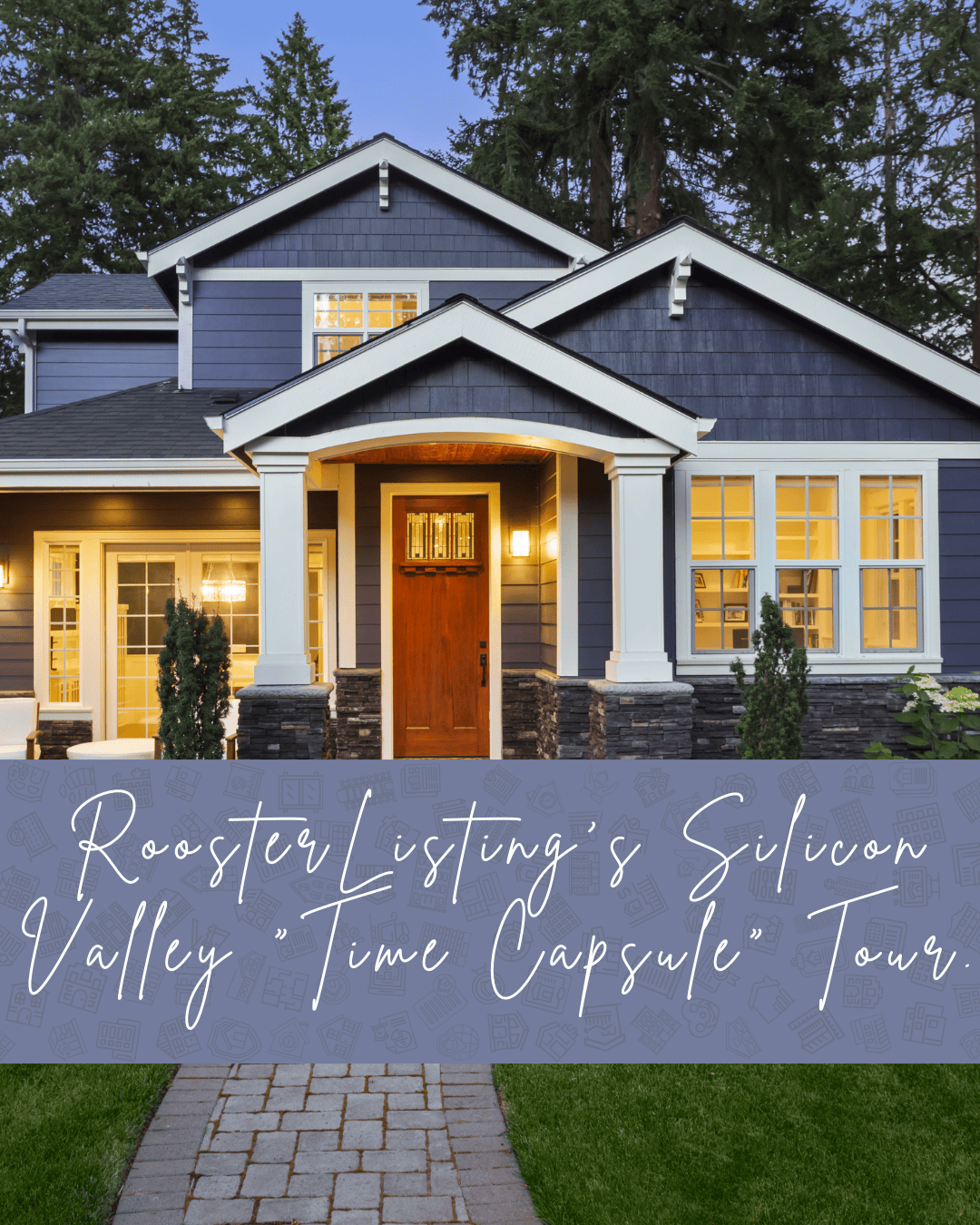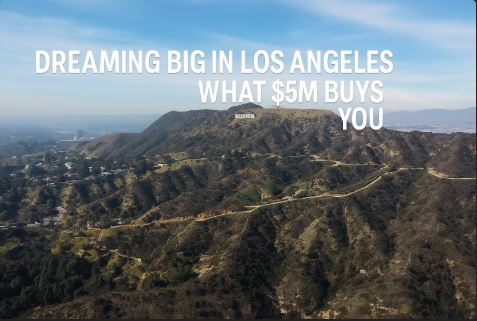Picture this: it’s the 1940s in Santa Clara Valley. Instead of Teslas humming down the street, you’ve got tractors chugging through endless rows of almond, apricot, and plum orchards. Farmers wore sun hats instead of hoodies. The closest thing to a “start-up” was deciding whether to plant walnuts or cherries next season. How agriculture shaped the valley’s housing layout can still be seen today.
Fast forward to today. Those neat orchard rows have been replaced by suburban streets, cul-de-sacs, and homes with Wi-Fi speeds fast enough to stream a season of Silicon Valley in one sitting. But here’s the twist: our modern neighborhoods still carry the faint fingerprints of that agricultural past. This historical transition exemplifies how agriculture shaped the valley’s housing layout.
When the Valley Was a Giant Salad Bowl
Before it became a tech mecca, this region was one of the most productive agricultural areas in the country. We’re talking orchards so vast you could get lost and not find your way back until apricot season was over.
The land was divided into large, rectangular farming plots, designed for maximum sunlight and irrigation efficiency. Farmers needed flat terrain, water access, and enough space between rows for equipment. Think of it as the original “site plan,” just with fewer Homeowners Associations and more scarecrows. These elements contributed significantly to how agriculture shaped the valley’s housing layout.
How Agriculture Shaped the Valley’s Housing Layout. The Great Suburban Takeover
Post-World War II, things changed fast. Soldiers returned, families grew, and the demand for housing skyrocketed. Developers looked at those flat, fertile farmlands and thought, “Perfect! Just add asphalt and a couple of driveways.”
Here’s where the orchard DNA sneaks into our modern neighborhoods:
- Straight, Grid-Like Streets – Many suburbs still follow the old orchard plot lines. Instead of rows of almond trees, you now have rows of mid-century ranch homes.
- Generous Lot Sizes (at first) – Early subdivisions mirrored the wide spacing of farm plots, giving families roomy yards… which, let’s be honest, are now mostly taken up by trampolines and raised garden beds trying to recreate grandma’s tomatoes.
- Community Clusters – Farming co-ops and small-town centers evolved into suburban shopping plazas, still serving as the “gathering spots” — except now the general store is a Target, and the farmstand is a Starbucks.
When Street Names Spill the Beans (and Almonds)
Ever wonder why you’re driving down Apricot Lane, Cherry Avenue, or Orchard Parkway? Those aren’t just cute names dreamed up by developers. They’re literal nods to what was there before, a reminder of how agriculture shaped the valley’s housing layout. It’s Silicon Valley’s way of saying, “Yes, we replaced 300 acres of plums with parking lots, but at least we named the street after them.”
How Agriculture Shaped the Valley’s Housing Layout. The Irony of the Tech Boom’s Layout
Here’s the funny part: The agricultural layout that once made farming efficient also made it ridiculously easy for tech campuses and residential developments to expand. Wide, flat plots meant fewer zoning headaches. The existing road systems made it simple to connect neighborhoods to highways.
That’s how you get a Googleplex where peaches once grew, or a row of modern condos where hay bales once stood. And let’s be honest those hay bales probably never had kombucha on tap.
Why It Still Matters for Real Estate Today
Even though the orchards are mostly gone, their influence lingers in the way homes are spaced, where parks pop up, and how traffic flows. Larger original lot sizes can still be found in older neighborhoods. Buyers jump at them, especially if they have space for an ADU or, yes, a backyard chicken coop.
In real estate terms, that agricultural past is a hidden selling point. You’re not just buying a home; you’re buying a slice of history, one that smells faintly of almonds and progress.
How Agriculture Shaped the Valley’s Housing Layout. Closing the Loop
So next time you’re stuck in Silicon Valley traffic and you pass a street called Prune Avenue, give a little nod to the farmers who shaped this land long before tech moguls did. Without their neat, organized orchards, our neighborhoods might look completely different. Maybe more like a medieval village, or worse, Los Angeles, further showcasing how agriculture shaped the valley’s housing layout.
And if you ever find an actual almond tree still growing in your yard? Consider it a lucky charm. In this valley, it’s the ultimate conversation starter, right after, “So… when did you buy your first Bitcoin?”







Leave a Reply